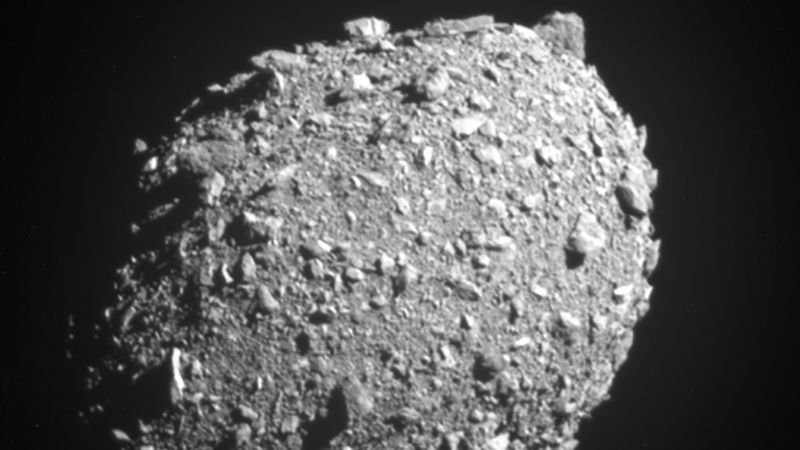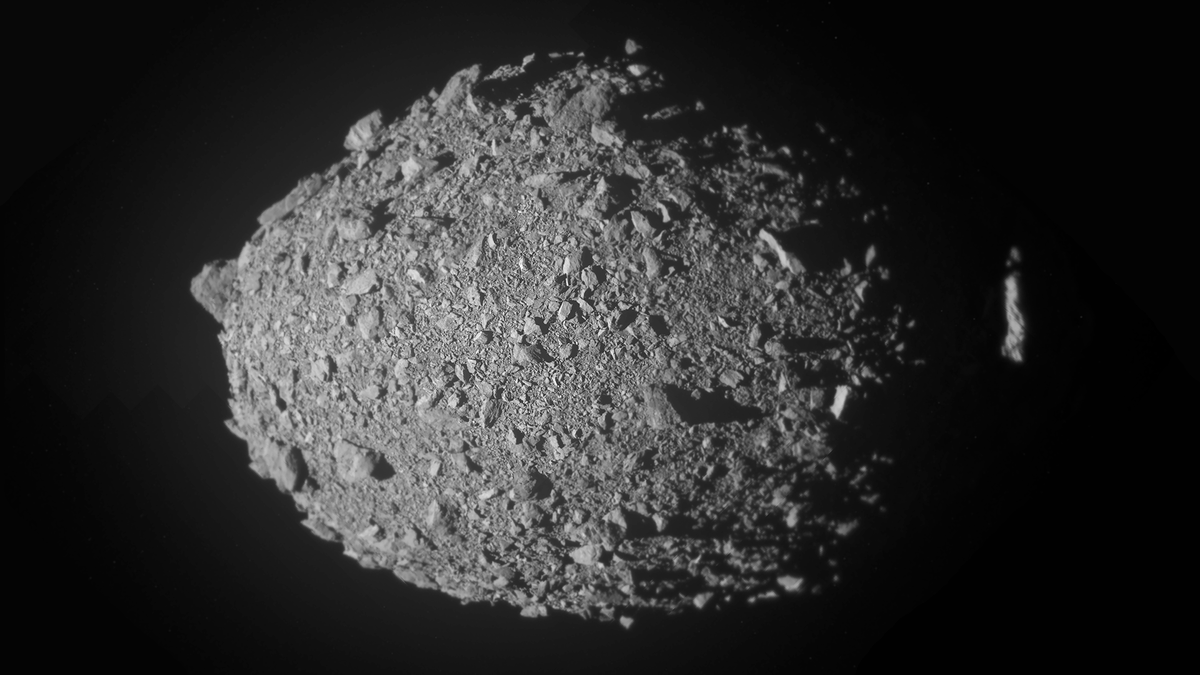The asteroid 2024 ON is approximately 720 feet in diameter, making it roughly the size of two football fields. This size places it among the larger asteroids that occasionally pass close to Earth. While the exact composition of Asteroid 2024 ON is yet to be determined, most asteroids are composed of various types of rock, metals such as nickel and iron and sometimes clays.

Also Read: Scientists Reveal Doughnut-Shaped Structure in Earth’s Outer Core
Asteroid 2024 ON will pass by Earth at a distance of approximately 620,000 miles. Although this distance might seem vast, it is relatively close in astronomical terms about 2.6 times the distance between Earth and the Moon.
The asteroid will be visible from the northern hemisphere. The best time to observe Asteroid 2024 ON will be on September 15, 2024. The Virtual Telescope Project will provide a live feed allowing people from around the world to watch the asteroid’s approach.
Determining the materials that make up the asteroid can help scientists understand its origin and the conditions in the early solar system. Measuring the speed at which Asteroid 2024 ON travels through space is essential for refining models of its orbit and predicting future encounters.
Understanding how fast the asteroid rotates on its axis can reveal details about its internal structure and history. Accurate tracking of the asteroid’s trajectory will enhance predictive models of NEOs and improve our ability to assess future threats.
Close approaches of this magnitude occur approximately once every 10 years. Asteroids larger than 492 feet in diameter that come within 4.6 million miles of Earth are classified as Potentially Hazardous Asteroids (PHAs).
NASA continuously tracks NEOs, maintaining a database of their trajectories. This monitoring is crucial for identifying threats.
NASA has initiated the DART mission. This mission aims to test the feasibility of using a kinetic impactor spacecraft to alter the course of an asteroid in space.
The data collected from Asteroid 2024 ON will contribute to refining these technologies and improving our ability to tackle asteroid threats.
Also Read: Marmoset Monkeys Use Unique Names to Communicate, Says Study
The DART mission was designed to test asteroid deflection technology as a planetary defense strategy. The goal was to assess whether a kinetic impact, essentially a high-speed collision with an asteroid.
The target, Dimorphos is a small moonlet orbiting a larger asteroid named Didymos. This binary asteroid system was ideal for the test due to Dimorphos’ size, which is comparable to asteroids that could pose a threat to Earth.
The spacecraft collided with Dimorphos at a speed of 13,645 miles per hour. This high-velocity impact was intended to change the moonlet’s orbital period around Didymos.
Ground-based telescopes confirmed that the impact successfully altered Dimorphos’ orbit, shortening its orbital period by 32 to 33 minutes.
The collision generated over 2 million pounds of debris, consisting of dust and rocks. This massive amount of material, enough to fill six or seven rail cars.
Just a few days before the flyby of Asteroid 2024 ON, another asteroid, 2007 RX8 made a close approach to Earth on September 2, 2024. Measuring approximately 140 feet in diameter, 2007 RX8 passed at a distance of about 4.4 million kilometers from Earth.
Although smaller and farther away than Asteroid 2024 ON, 2007 RX8 also provided valuable opportunities for observation and data collection.
2007 RX8 belongs to the Apollo group of asteroids, a class of NEOs with orbits that can cross Earth’s path around the Sun.
The continuous monitoring of asteroids like Asteroid 2024 ON and 2007 RX8 highlights the dynamic nature of our solar system. The orbits of these objects can change over time due to gravitational interactions with planets and other celestial bodies.
Ongoing surveillance allows scientists to track the movements of NEOs and assess risks to Earth.
Space agencies and observatories around the world work together to share data and improve our collective understanding of asteroids.
Events like the close approach of Asteroid 2024 ON provide an opportunity to engage the public in astronomical science. The data collected during the flyby of 2024 ON will be used to refine models of NEOs.
Also Read: Catalytic Process can Turn Plastic Waste into Valuable Resources























